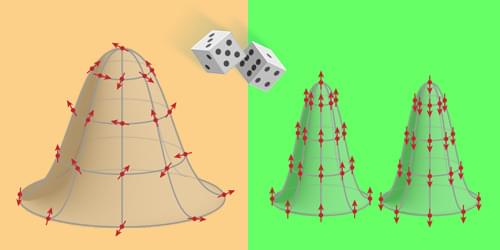
As we venture deeper into the digital era, the scope and possibilities of data and artificial intelligence (AI) in human resources (HR) are expanding at an unprecedented rate.
Johnson & Johnson deployed an AI-based writing tool, Textio, to identify unconscious bias in their job listings. Upon identifying a masculine tilt in the language of many of their job postings, they made some AI-driven adjustments that led to a 9% uptick in female applicants.
Unilever employs AI to streamline the initial stages of its recruitment process. Candidates are asked to play a number of games that test their logic, aptitude, reasoning, and appetite for risk. Then the HR team uses machine learning algorithms to assess candidates’ suitability for the role they have applied for, by matching their profiles against previously successful employees. This approach has not only improved the efficiency of Unilever’s recruitment process but also provided a more engaging candidate experience.
Continue reading “The True Value Of Data And AI In Human Resources” »

















